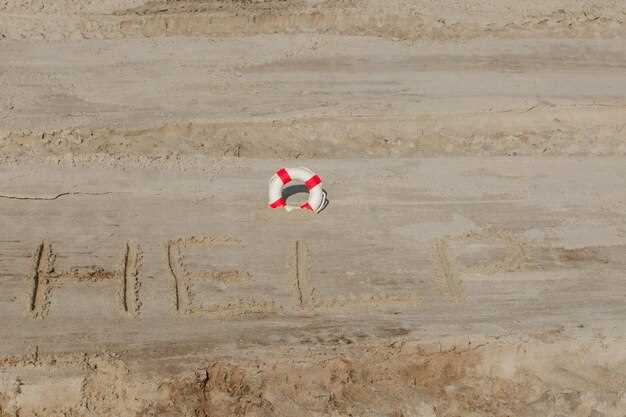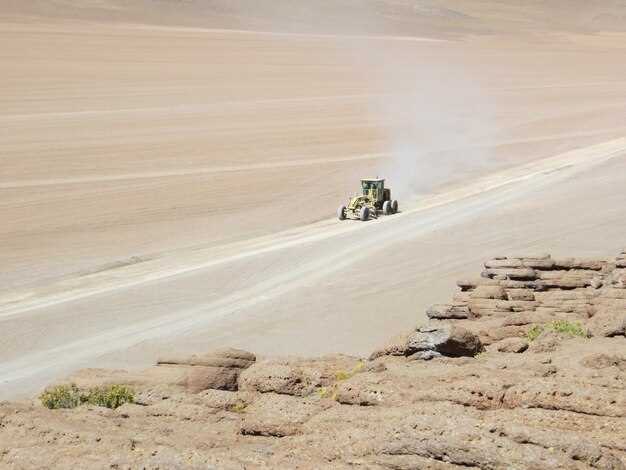
Desert racing presents unique challenges that test both driver skills and vehicle capabilities. Among the most critical hazards in this extreme sport is the risk of a rollover. This potentially dangerous event occurs when a vehicle tips over onto its side or roof, exposing drivers and passengers to severe injury or even fatal outcomes. Understanding the factors that contribute to rollover incidents is essential for enhancing safety measures and ensuring a successful racing experience.
To effectively combat rollover risks, racers must employ a range of prevention techniques. These strategies encompass vehicle modifications, proper driving practices, and the utilization of safety equipment. By focusing on stability, weight distribution, and terrain awareness, drivers can significantly reduce the likelihood of losing control and rolling their vehicles. Moreover, educating racers about the mechanics of rollover situations can lead to more informed decision-making on the track.
As the popularity of desert racing continues to climb, so does the emphasis on safety. Implementing proven rollover prevention techniques not only protects individual racers but also contributes to the overall integrity and longevity of the sport. This article explores various strategies designed to minimize rollover incidents, highlighting the importance of proactive safety measures in fostering a safer racing environment.
Understanding Vehicle Dynamics to Reduce Roll-over Risks
Vehicle dynamics refer to the study of how vehicles respond to various forces and inputs while in motion. Understanding these dynamics is crucial for enhancing safety during desert racing, where terrain variability can significantly influence vehicle behavior. Key factors affecting roll-over risks include center of gravity, weight distribution, and suspension design.
The center of gravity (CG) of a vehicle plays a vital role in its stability. A lower CG generally enhances stability, minimizing the likelihood of roll-overs. In desert racing, modifications such as lowering the suspension or redistributing weight can help achieve a better CG placement, thereby improving safety.
Weight distribution is another critical consideration. An uneven weight distribution can lead to oversteering or understeering, significantly increasing the risk of roll-overs during sharp turns or sudden maneuvers. Ensuring a balanced weight distribution across the vehicle can enhance handling and stability, reducing the likelihood of accidents.
The suspension system directly affects how a vehicle interacts with uneven terrain. A well-designed suspension absorbs shocks and maintains tire contact with the ground, which is essential for stability. Optimizing suspension settings can improve traction and control, thereby enhancing safety during rigorous desert racing conditions.
Finally, understanding the role of tire selection and pressure is fundamental. Tires with appropriate tread patterns designed for desert terrains provide better grip, while maintaining the correct pressure can ensure optimal contact with the ground. This combination significantly lowers roll-over risks by enhancing vehicle control and stability.
In summary, a thorough understanding of vehicle dynamics is essential for reducing roll-over risks in desert racing. By focusing on center of gravity, weight distribution, suspension design, and tire management, racers can enhance safety and improve their overall performance on challenging terrains.
Adjusting Suspension and Tire Settings for Enhanced Stability

In desert racing, maintaining vehicle stability is crucial for preventing rollovers. Properly adjusted suspension and tire settings play a pivotal role in achieving this goal. The suspension system, which includes components like shocks and springs, must be finely tuned to absorb the impacts from uneven terrain while providing a stable platform for the vehicle. A well-calibrated suspension reduces the likelihood of excessive body roll during cornering and sudden maneuvers, mitigating the risk of a rollover.
Adjusting the suspension stiffness is a fundamental step. A stiffer suspension may help in maintaining control at high speeds, but it can also lead to losing traction on rough surfaces. Conversely, a softer suspension allows for better absorption of shocks but can increase body roll. Finding a balance is key. Typically, a slightly stiffer configuration is recommended for desert racing, as it allows the vehicle to handle jumps and bumps more effectively while retaining enough flex to maintain grip.
Tire settings are equally important in enhancing stability. The right tire pressure can significantly influence the handling characteristics of the vehicle. Lowering tire pressure increases the contact patch with the ground, improving traction, especially on sandy or loose surfaces. However, excessively low pressure can lead to tire rolls or even blowouts, particularly during sharp turns, increasing the risk of a rollover. A moderate approach is advisable, where tire pressure is adjusted according to surface conditions and driving style.
Furthermore, selecting the appropriate tire type and tread pattern is vital for stability. Tires designed for off-road conditions often feature deeper treads and reinforced sidewalls, which provide better grip and reduce the chances of rollover. Regularly inspecting tires for wear and damage is important to ensure they perform optimally throughout the race.
In conclusion, carefully adjusting suspension and tire settings is essential for enhancing vehicle stability in desert racing. By optimizing these components, drivers can significantly reduce the risk of rollover, ensuring safer and more enjoyable racing experiences.
Driver Training Strategies for Navigating Challenging Terrain

Effective driver training is crucial for safety when navigating challenging terrain in desert racing. The first strategy focuses on understanding vehicle dynamics, including how weight distribution, tire pressure, and suspension settings affect handling. Drivers should be taught to adjust their vehicle according to terrain types, such as loose sand or rocky paths, to enhance stability and control.
Another important strategy is practicing off-road techniques, such as throttle control, steering input, and braking. This involves simulating various scenarios, allowing drivers to develop instinctive responses to potential hazards. Regular drills can help improve their skills in maintaining speed while navigating obstacles, which is essential for avoiding rollovers.
Situational awareness must be emphasized in any training program. Drivers should be trained to scan their environment and anticipate challenges, such as dunes or sharp turns. This awareness aids in making quick decisions, reducing the risk of accidents and ensuring a safe racing experience.
Furthermore, instructors should incorporate night driving exercises to prepare drivers for low-visibility conditions. Learning to read terrain features and use proper lighting techniques can significantly improve safety during night races.
Lastly, simulating emergency situations, such as vehicle malfunctions or sudden terrain changes, can enhance drivers’ crisis management skills. Understanding how to react calmly and effectively in high-pressure situations is essential for minimizing risks on challenging courses.




